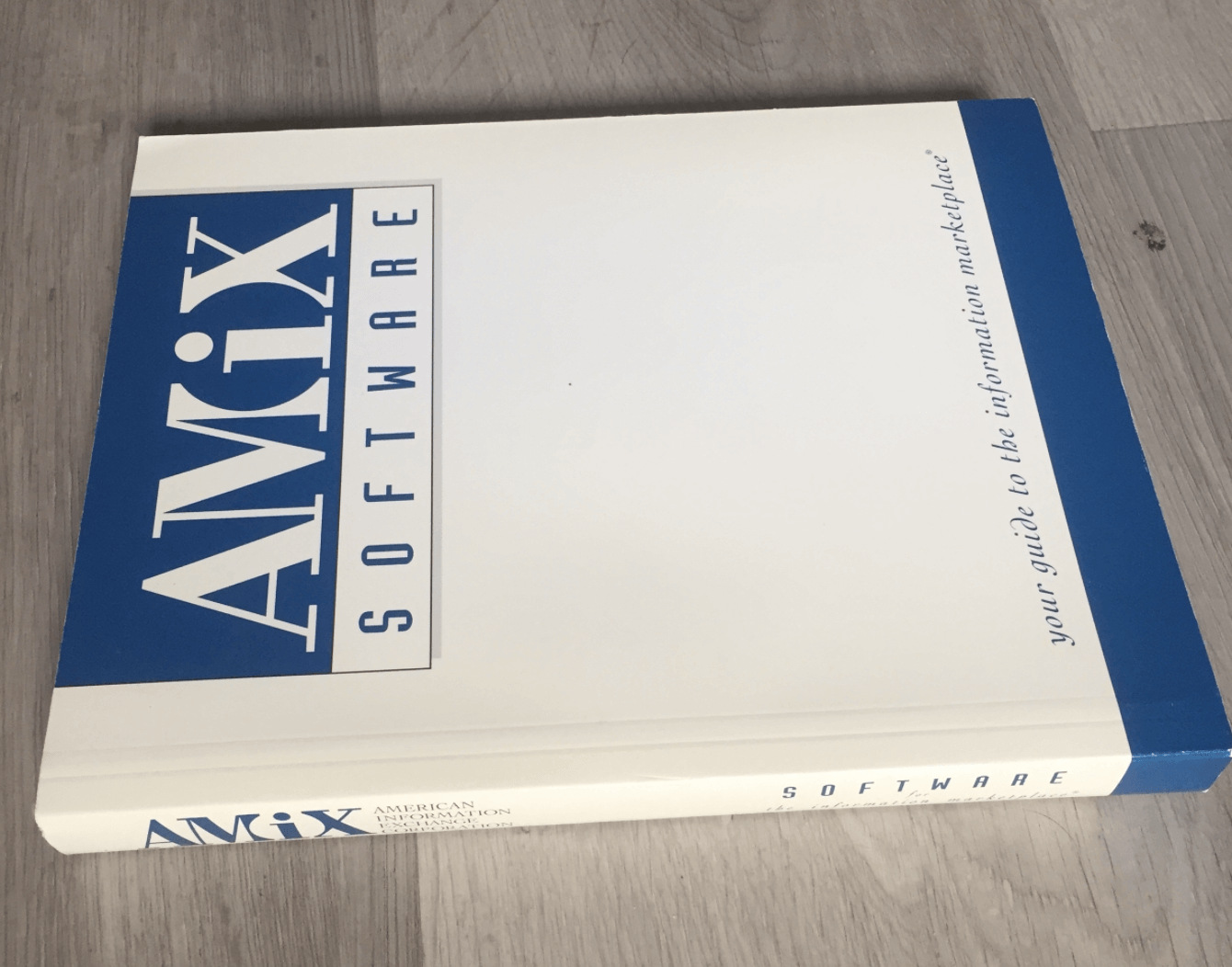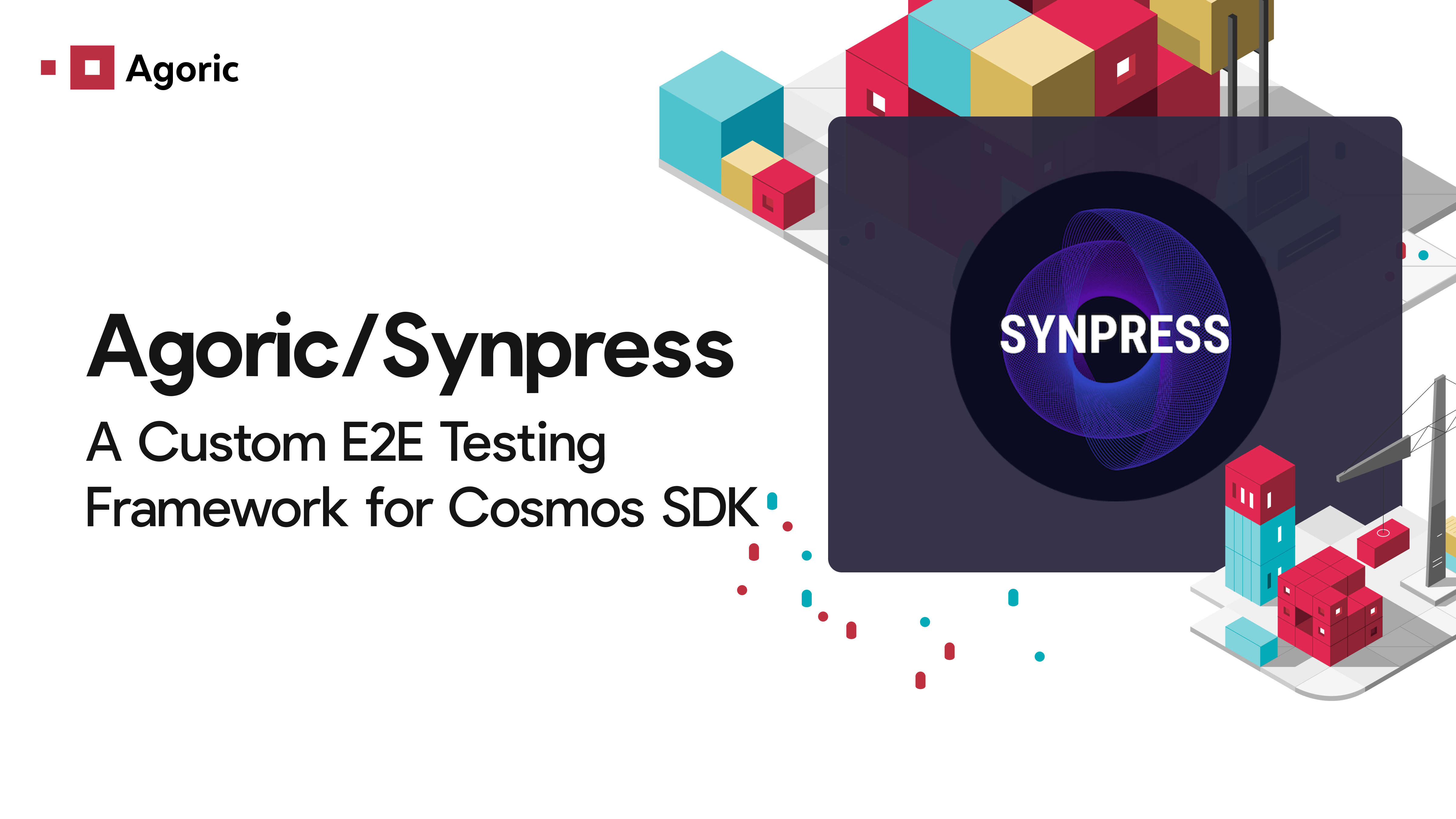Starting back in the late 1980s, I led the engineering team that built the American Information Exchange (AMiX), possibly the first smart-contracting system ever created (and, that we know of, put into production), several years before Nick Szabo introduced the phrase “smart contract” into our vocabulary. (AMiX was actually one of the influences on Nick’s thinking that led up to that.) AMiX was an online information service that allowed users to buy and sell information products and consulting services, facilitating commerce among the users themselves. AMiX pioneered many of the smart contracting ideas that drive Agoric today.
Looking back at those pre-web years, it seems like computing power was equivalent to a hand-cranked drill, and data transfer was like sipping maple syrup through a straw. But at the time it felt like the resources we had were immense — we were living on the cutting edge of Moore’s Law, after all — and it felt only natural to us to try to take all that power and apply it to the problem of democratizing commerce in ways that had never before been practical.
Flash forward to today. We now have vastly more powerful computers, high speed internet, and blockchain. But we are still figuring out how to allocate computational resources. Looking back at the early accomplishments at AMiX gives us a profound view into the future of distributed electronic markets.
Three things in particular came out of AMiX that register even more loudly with our work at Agoric today:
1. Computer mediation of transactions
2. Hybrid objective/subjective transactions
3. The unique needs of information transactions
Let’s look at these in a bit more detail:
1. Computer Mediation of Transactions
Commercial transactions can be mediated by computer processes so that two respective parties — say, a seller and a buyer — see that their terms are upheld. This is possible precisely because the whole thing happens electronically, and involves terms, such as delivery by a particular date, that can be electronically tracked or enforced.
This idea seems obvious in hindsight, but at the time we created AMiX, online commercial transactions were rare. More importantly, they typically consisted of a user transacting with an online service directly, rather than the online service mediating a transaction between one user and another. Payment flowed from the user to the service operator, rather than between users. When we were pitching AMiX to prospective customers, the idea that as users they could receive payments was mind-blowingly radical to a lot of people.
2. Hybrid Objective/Subjective Transactions
Real-world transactions are a deeply intertwined mixture of objective and subjective parts: In a negotiated agreement, some of the terms are objective and some are subjective. For example, suppose I hire you to write a blog post for me, and the deal we negotiate is that I’ll pay you $500, half paid up front and the other half upon delivery, with delivery due by the end of the month. The amount ($500), the payment terms (half and half), and the due date are objective. What I requested you to write about is subjective. As the transaction itself unfolds, the things that happen are also part objective and part subjective. When you deliver the work to me, the fact that you delivered something and whether the delivery was before or after the due date are objective, while the assessment as to whether what you delivered actually satisfies what I asked for is subjective.
Computers can keep track of the objective parts and automatically take many of the necessary actions that result. In our example, the very act of agreement can trigger payment of that first 50 percent, transferring the money directly from my account to yours. When you send me the work product, that can be detected and the computer can tell if it was on time, and if so automatically trigger the rest of the payment. Of course, the machine can’t tell whether the thing you delivered was the thing I wanted, so that part has to be left out of the automation. However, the history of our negotiation, the terms we agreed to, and any interactions between us as part of the transaction can be recorded. In particular, the work that you delivered can be part of this record. If necessary, the entire history can be automatically packaged up and delivered to an independent arbitrator in a standard form. Having an automated audit trail like this lowers the cost of mediating possible future disagreements.
In fact, a lot of the AMiX system was concerned with the exception conditions: what happens if things don’t go according to plan? In AMiX, the terms we agree to would typically include ways to handle disputes. For example, I might have the right to only owe you a partial payment if you deliver on time but I don’t like what I get, or we might agree to a specific number of editing and revision passes, or a specific time window for editorial changes, or recourse to a neutral third party if we just can’t come to closure. The possibilities are endless.
3. The Unique Needs of Information Transactions
The work we’re describing applies particularly when the product or service being exchanged is principally electronic — something that can be delivered over the network directly rather than having to ship around physical artifacts. As an object of commerce, information has a peculiar quality: it’s something that can’t be made available for inspection by the buyer without it becoming, pre-sale, fully available to the buyer. A contrasting example would be a car, which you can test drive, or bring to a trusted mechanic. I can’t, on the other hand, sell you a market research report that you want to thoroughly check without your then having the ability to copy and use that report — or, at least, remember what you read — even if you eventually decided not to purchase it.
What is paramount in these information transactions is the availability of metadata, of context, to allow both parties to make a decision. What is also essential is providing pathways of recourse when one or both parties don’t get what they thought they were bargaining for. Electronic transactions necessitate a much greater need for such context, in lieu of the buyer being able to directly examine the electronic goods pre-purchase. AMiX could provide that context in the history records of the actors, such as reviews from previous buyers, and frequency of disputes. All of this “reputation” material begins as subjective but, after being collated and processed, yields something objective that a system can act on.
Doing Business Electronically the Agoric Way
There are still just a few services, even today, that truly allow people to do business with each other electronically. While electronic transactions are now very common, typically the merchant or seller provides the context for the transaction themselves, usually in the form of their own website. The customer or buyer interacts with them directly, while companies such as PayPal and the like merely provide supporting services such as facilitating payment. This mirrors the familiar world of physical retail, but lacks the kinds of contextual support and contractual guarantees that a service like AMiX offered. Retail sites like eBay and, to a much lesser extent, Amazon, provide examples of user-to-user trade in physical goods, though still modeled on traditional retail. But as with AMiX, a growing variety of services, such as Kickstarter, Patreon, Etsy, Bandcamp, and the like, provide interesting examples of new forms of commerce that take direct advantage of the unique capabilities of the electronic medium.
I believe the technologies we’re developing at Agoric will be powerful enablers for new forms of trade and new market institutions as our economy increasingly moves online. We’ve only just begun to explore the possibilities. The question we’re focused on at Agoric is where the marketplace sits between buyer and seller: How can the marketplace be a truly neutral intermediary that privileges neither, and serves as its own system of regulation.
Thanks for reading! You can join the Agoric community on Twitter, Telegram, and LinkedIn, subscribe to our monthly newsletter, and catch us at upcoming events.



